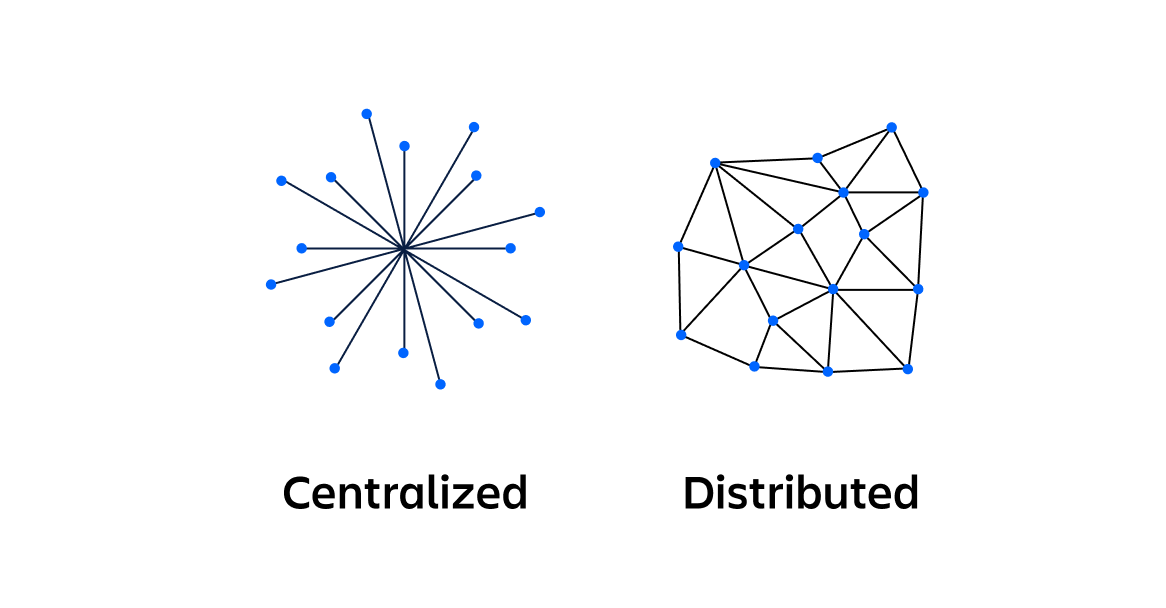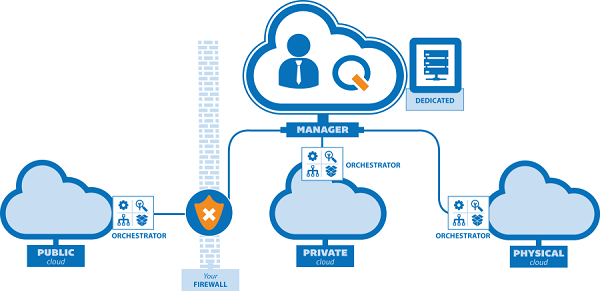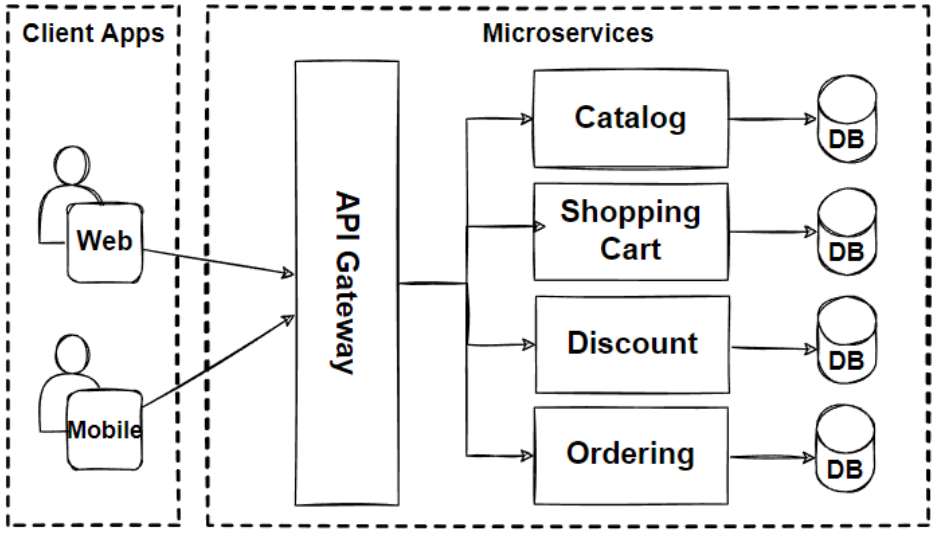The Architecture of Stripe
 Sai Aneesh
Sai Aneesh
Stripe, a global leader in online payments, processes billions of dollars annually. Its robust and scalable architecture is the backbone of its success. While the exact details of Stripe's architecture are proprietary, we can infer key components and design principles based on public information and industry best practices.
Core Components of Stripe's Architecture
Stripe's architecture is likely a complex interplay of microservices, distributed systems, and robust data management. Here are some potential core components:
API Gateway: A centralized entry point for all incoming requests, acting as a reverse proxy to route traffic to appropriate microservices.
Microservices Architecture: Stripe likely employs a microservices architecture, breaking down functionalities into independently deployable services. This enhances scalability, resilience, and development agility.
Distributed Databases: To handle the massive volume of transactions and user data, Stripe likely utilizes a distributed database system like Cassandra or MongoDB.
Fraud Prevention System: A sophisticated fraud detection and prevention system is essential to protect both merchants and customers.
Payment Processing Engine: The core of Stripe's operations, this component handles payment authorization, capture, and settlement.
Data Warehouse: A centralized repository for storing and analyzing vast amounts of transaction data for insights and reporting.
Real-time Analytics: To provide actionable insights to customers, Stripe likely employs real-time analytics tools and technologies.

Challenges and Solutions
Building a global payment platform presents numerous challenges:
Scalability: Handling millions of transactions per second requires a highly scalable architecture.
Latency: Ensuring low latency for payment processing is critical for user experience.
Security: Protecting sensitive financial data from breaches is paramount.
Compliance: Adherence to various payment regulations and standards is essential.
Stripe addresses these challenges through:
Distributed Systems: By breaking down the system into smaller, independently scalable components, Stripe can handle increased load.

Caching: Implementing caching mechanisms to reduce database load and improve response times.
Redundancy: Building redundancy into the system to prevent single points of failure.
Encryption: Employing robust encryption standards to protect sensitive data.
Compliance Frameworks: Adhering to industry standards like PCI DSS and PSD2.
Key Technologies and Design Patterns
Stripe likely leverages a combination of open-source and proprietary technologies:
Programming Languages: Languages like Python, Java, and Go are commonly used in large-scale systems.
Messaging Systems: Kafka or RabbitMQ for asynchronous communication between microservices.
Data Stores: A combination of relational databases (for structured data) and NoSQL databases (for unstructured data).
Cloud Infrastructure: Leveraging cloud platforms like AWS, GCP, or Azure for scalability and flexibility.

Microservices Architecture: Breaking down the system into smaller, independently deployable services.
Domain-Driven Design (DDD): Aligning software development with business domains.
Event Sourcing: Storing all changes to an application as a sequence of events.
Lessons for Developers
Stripe's architecture offers valuable insights for developers building scalable and reliable systems:
Prioritize Scalability: Design systems with scalability in mind from the outset.
Embrace Microservices: Break down monolithic applications into smaller, independently deployable services.

Focus on Security: Implement robust security measures to protect sensitive data.
Leverage Data: Utilize data to drive decision-making and improve the user experience.
Continuous Improvement: Monitor system performance and make necessary optimizations.
Conclusion
Stripe's architecture is a testament to the power of engineering and innovation in the payments industry. By understanding the core principles and challenges faced by such platforms, developers can gain valuable insights for building their own scalable and resilient systems.
Thank you for reading till here. If you want learn more then ping me personally and make sure you are following me everywhere for the latest updates.
Yours Sincerely,
Sai Aneesh
Subscribe to my newsletter
Read articles from Sai Aneesh directly inside your inbox. Subscribe to the newsletter, and don't miss out.
Written by
